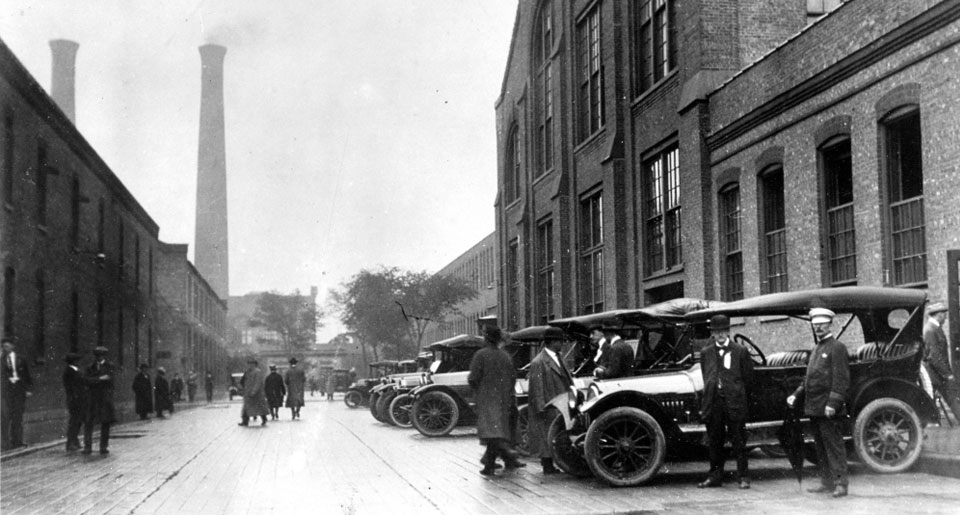
After the tragedy, no passenger manifest was available, and the status of thousands was largely unknown. The recovered bodies of victims had been scattered throughout the Loop, and survivors were equally scattered throughout the greater Chicago area at hospitals, hotels, coffee shops, and the streets. Hundreds of people who had friends or relatives on the ship were frantically trying to get news. In response to the need for timely and accurate information, Western Electric established several information bureaus -- all within 90 minutes of the tragedy.
Two of these relief bureaus were set up at its Hawthorne Works facility. To provide immediate help to dependents of Western Electric employees who had lost their lives, fleets of automobiles were assembled to expedite the travel required to administer the relief work – providing finances for rent, food, mourning clothes, and cemetery charges. The private cars of more than 60 Hawthorne Works employees were loaned during the week after the tragedy.